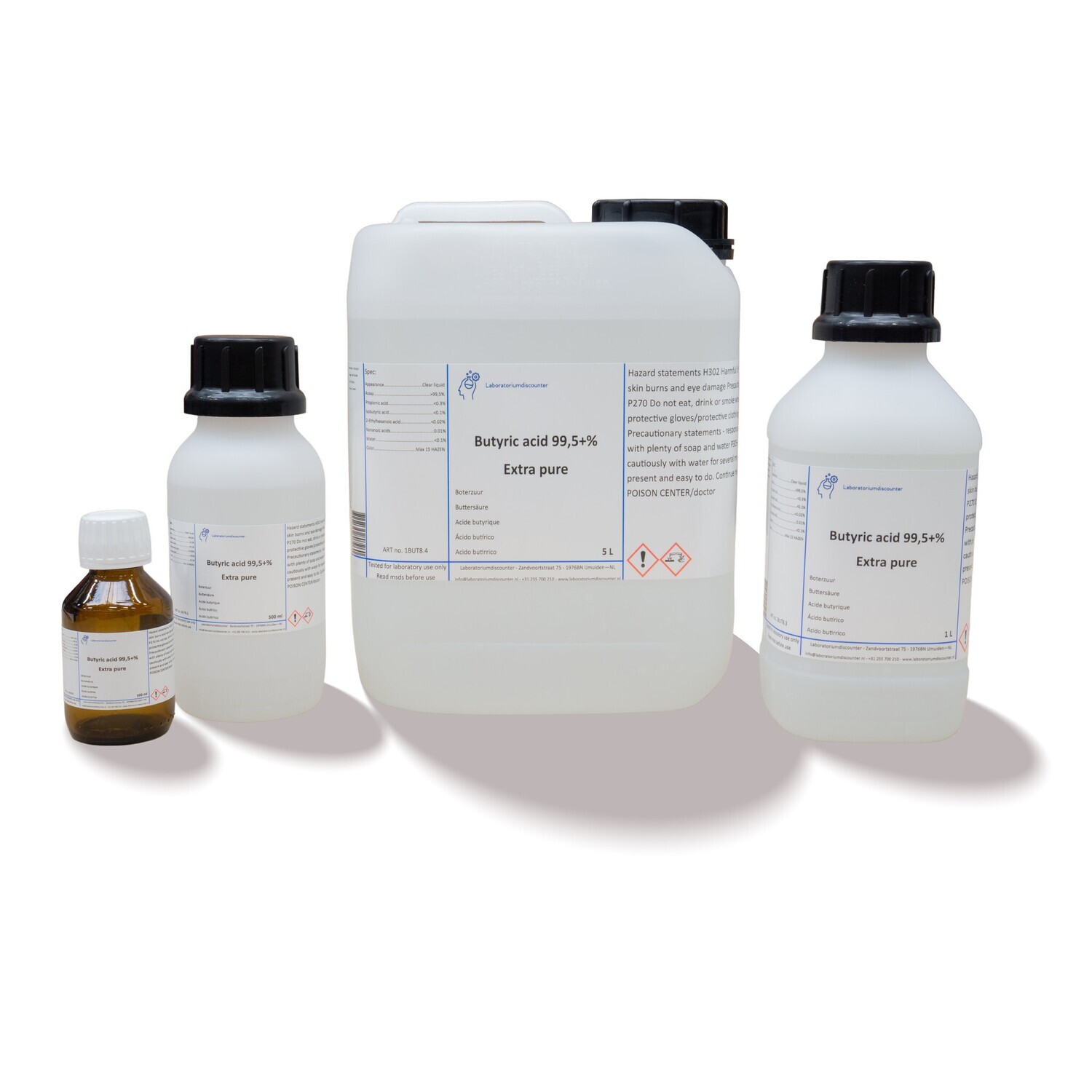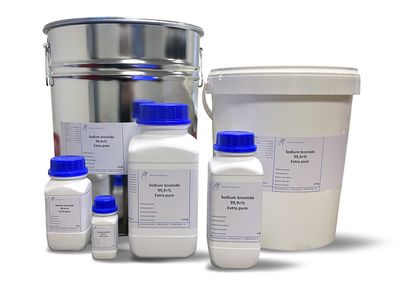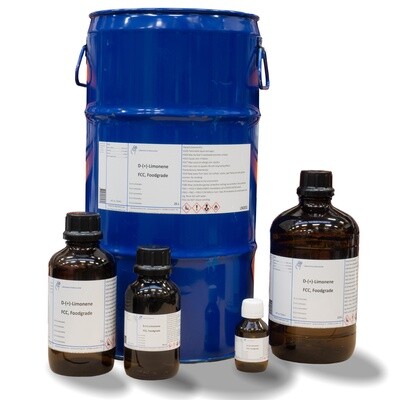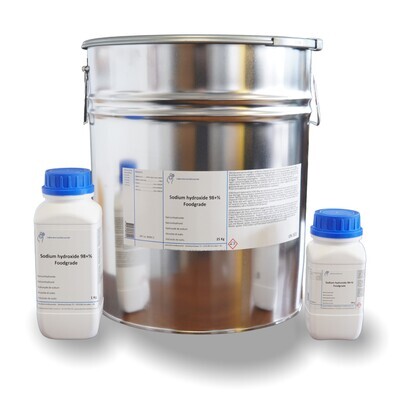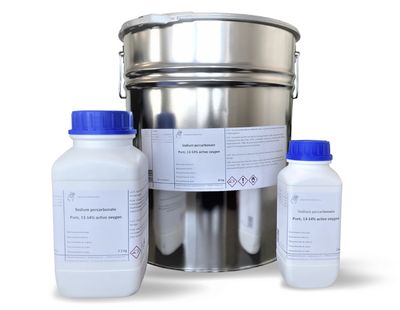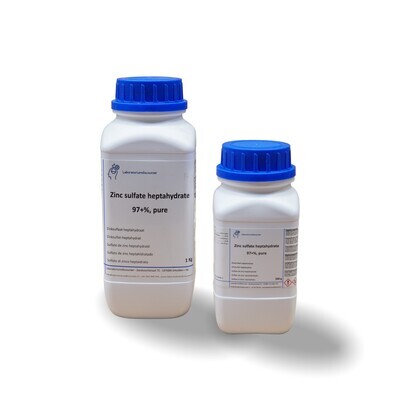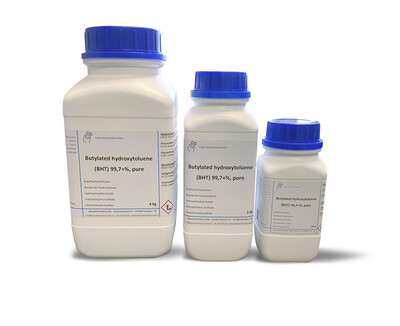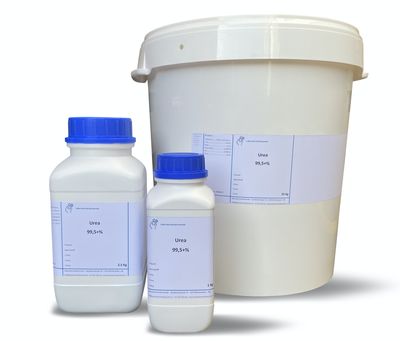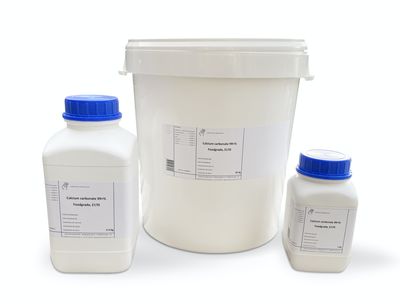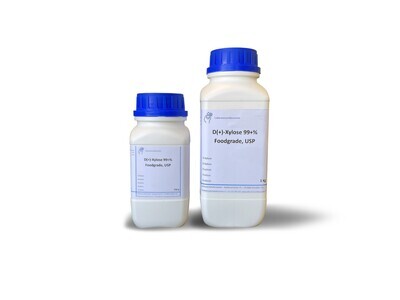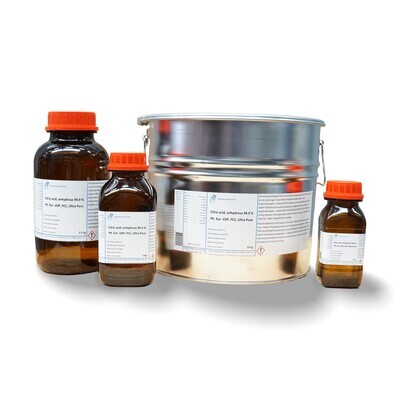Verzending 24–48 u • Levering in de hele EU • Veilige chemieverpakking
Butyric Acid 99.5+% Extra Pure 20 Liter
SKU 1BUT8.5
€ 390,05
In stock: 999 available
1
Save this product for later
Butyric Acid 99.5+% Extra Pure 20 Liter
Product Details
CAS number: 107-92-6
Chemical formulas: C4H8O2
Molar mass g/mol: 88,11
Density g/cm³: 0,959
Boiling point °C: 163.5
UN number: 2820
Packing group: 8
Hazard class: 8
HS code: 2915120000
Packaging: 20 L
EAN: 8721017404132
Brand: Laboratoriumdiscounter
Buts acid, also known as butanic acid, is an organic connection that belongs to the group of fatty acids. It is a colorless liquid with a strong, unpleasant scent. Buts acid is mainly produced by bacterial fermentation of carbohydrates in various foods, such as dairy products, meat and vegetable products.
Buts acid has different applications in different industries. One of the most important applications is as a food additive. It is used as a flavor and preservative in foods such as cheese, butter, yogurt and pickles. Buts acid gives a characteristic, slightly acidic taste to these products and also helps to extend the shelf life.
In addition, butyric acid is also used in the pharmaceutical industry. It is used as an intermediate in the synthesis of various medicines and chemical compounds. Buts acid can also be used as a solvent for certain medicines.
Safety instructions with regard to butyric acid are of great importance, since it can be a potentially dangerous substance in the event of incorrect use. Here are some safety measures that must be followed when working with butyric acid:
1. Personal protective equipment: Always wear suitable protective clothing, such as gloves, safety glasses and a laboratory jacket, to prevent direct contact with the skin, eyes and clothing.
2. Ventilation: Ensure sufficient ventilation in the workspace to keep the concentration of butyric acid fumes low. Preferably work in a well -ventilated room or use a hood.
3. Storage: store butyric acid in well -sealed containers in a cool, dry place, away from flammable substances and heat sources. Make sure that the storage space is well ventilated.
4. Sparks and leaks: In case of spilling or leaks, absorb the spilled butsic acid with suitable absorbent materials, such as sand or absorbist granules. Avoid contact with the skin and eyes while cleaning up and ensure that the waste is removed correctly.
5. Fire safety: Buts acid is flammable and can cause fire. Keep open fire and sources of ignition from butyric acid and use suitable fire extinguishing agents, such as CO2 or foam, in the event of a fire.
It is important to follow the safety instructions and guidelines of the manufacturer or supplier of butyric acid. Always consult a professional source or a safety information sheet for specific instructions with regard to the safe use, storage and handling of butyric acid.
Note: The text and danger designation are only intended as an example and may not be considered the actual information. Lab-O-Rama accepts no liability for the incorrect use of this information or the consequences thereof. For accurate and specific information, users must consult the Material Safety Data Sheet (MSDS) that is automatically provided after the successful placement of an order, can be downloaded or requested through our customer service. You must always adhere to national and international regulations for the correct application of a substance.
P sentences:
- P280: Protective gloves/protective clothing/eye protection/facial protection.
- P301+P330+P331: After swallowing: flushing the mouth. No vomiting.
- P303+P361+P353: When contact with the skin (or the hair): pull out contaminated clothing immediately. Rinse your skin with water.
- P304+P340: After inhalation: bring the victim into the fresh air and rest in an position that facilitates breathing.
- P305+P351+P338: When eyes contact: gently rinse with water for a few minutes. Remove contact lenses if possible. Keep rinsing.
H-sentences:
- H314: causes serious burns and eye injury.
- H318: causes serious eye injury.
- H226: flammable liquid and vapor.
- H302: harmful when swallowing.
- H312: harmful when contact with the skin.
- H332: harmful when inhalation.
You May Also Like
End user declaration required
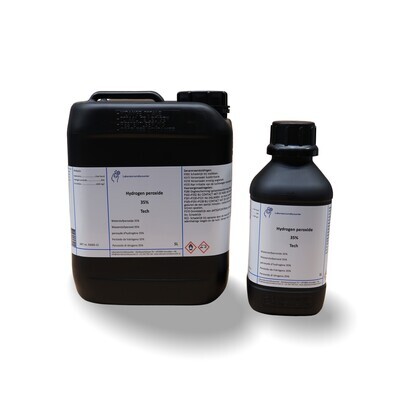
Hydrogen peroxide 35 % tech. 5 Liter
Hydrogen peroxide 35 % tech. 5 Liter
Only for registered companies
SKU 32432.23
€ 34,83
Display prices in:EUR
